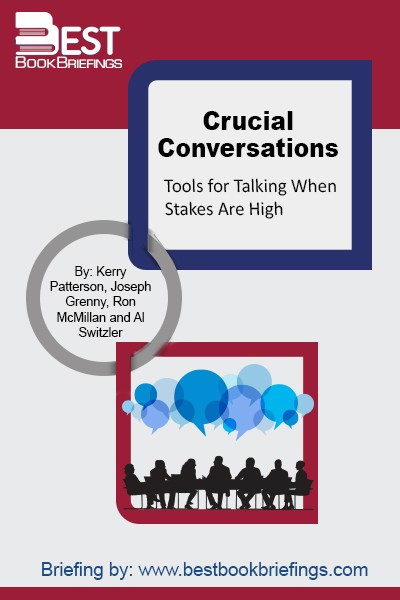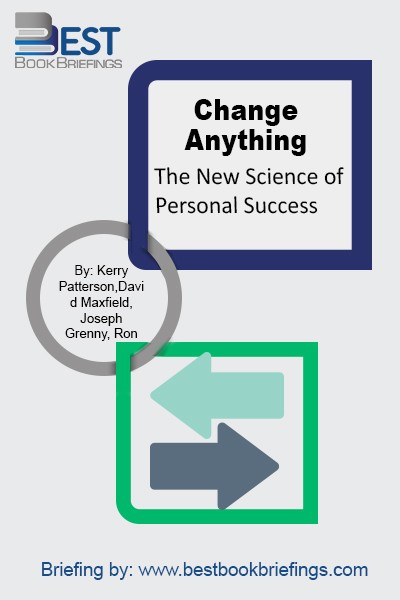Crucial Conversations
Tools for Talking When Stakes Are High
Editorial Review
When people first hear the term “crucial conversation”, many conjure up images of presidents, emperors and prime ministers seated around a massive table while they debate the future of the world. Although it is true that such discussions have a wide-sweeping and lashing impact, they’re not the kind we have in mind. The crucial conversations we’re referring to are interactions that happen to everyone. They’re the day-to-day conversations that affect your life. By definition, crucial conversations are about tough issues. Unfortunately, it is human nature to back away from discussions we fear will hurt us or make things worse. Coworkers send emails to each other when they should talk. Bosses leave voice mail in lieu of meeting with their direct reports. Family members change the subject when an issue gets too risky. But it doesn’t have to be this way. If you know how to handle (even master) crucial conversations, you can step up and effectively hold tough conversations about virtually any topic.
Book Reviews
Books on Related Topics
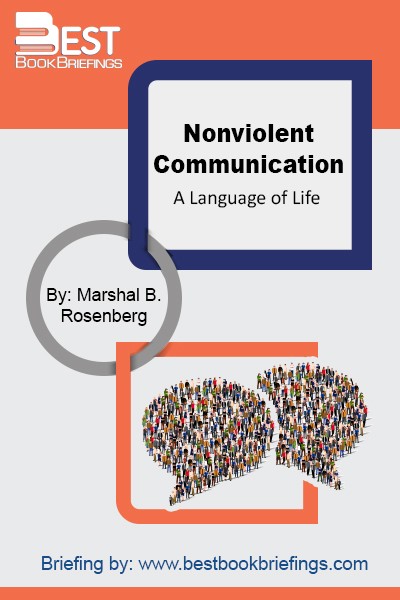
What happened to disconnect us from our compassionate nature, leading us to behave violently and exploitatively? And conversely, what allows some people to stay connected to their compassionate nature under even the most tiring circumstances? While studying the factors that affect our ability to stay compassionate, Ph.D. Marshall B. Rosenberg was
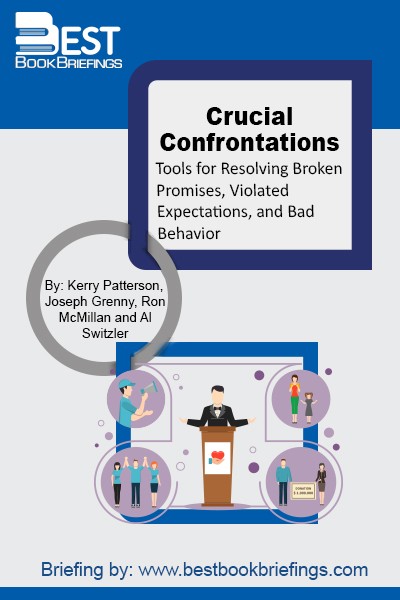
A crucial confrontation consists of a face-to-face accountability discussion. Someone has disappointed you and you talk to him or her directly. All crucial confrontations start with the question: Why didn’t you do what you were supposed to do? And they only end when a solution is reached and both parties are
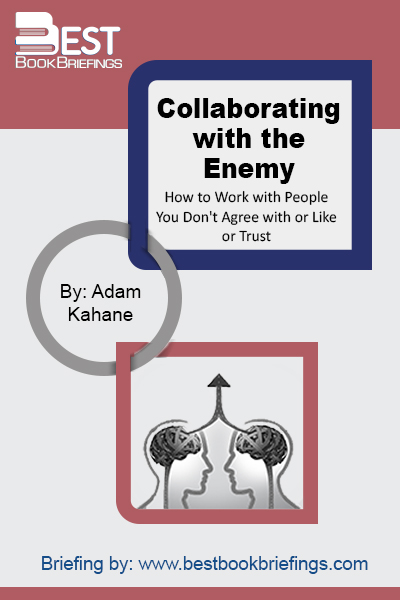
Often, to get something done that really matters to us, we need to work with people we don’t agree with or like or trust. Adam Kahane has faced this challenge many times, working on big issues like democracy, jobs, climate change, and on everyday issues in his organizations or family. He
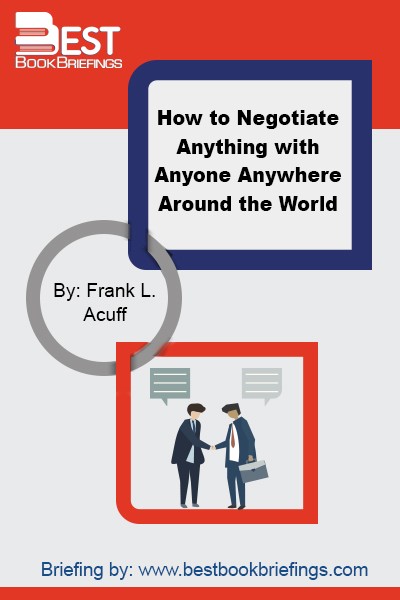
This book is for the person in the trenches, who needs practical guidelines to get the very best deal possible with people and organizations that have very different backgrounds and experiences. This book is for the practitioner—for the person who faces an international negotiating challenge and who perhaps should have done
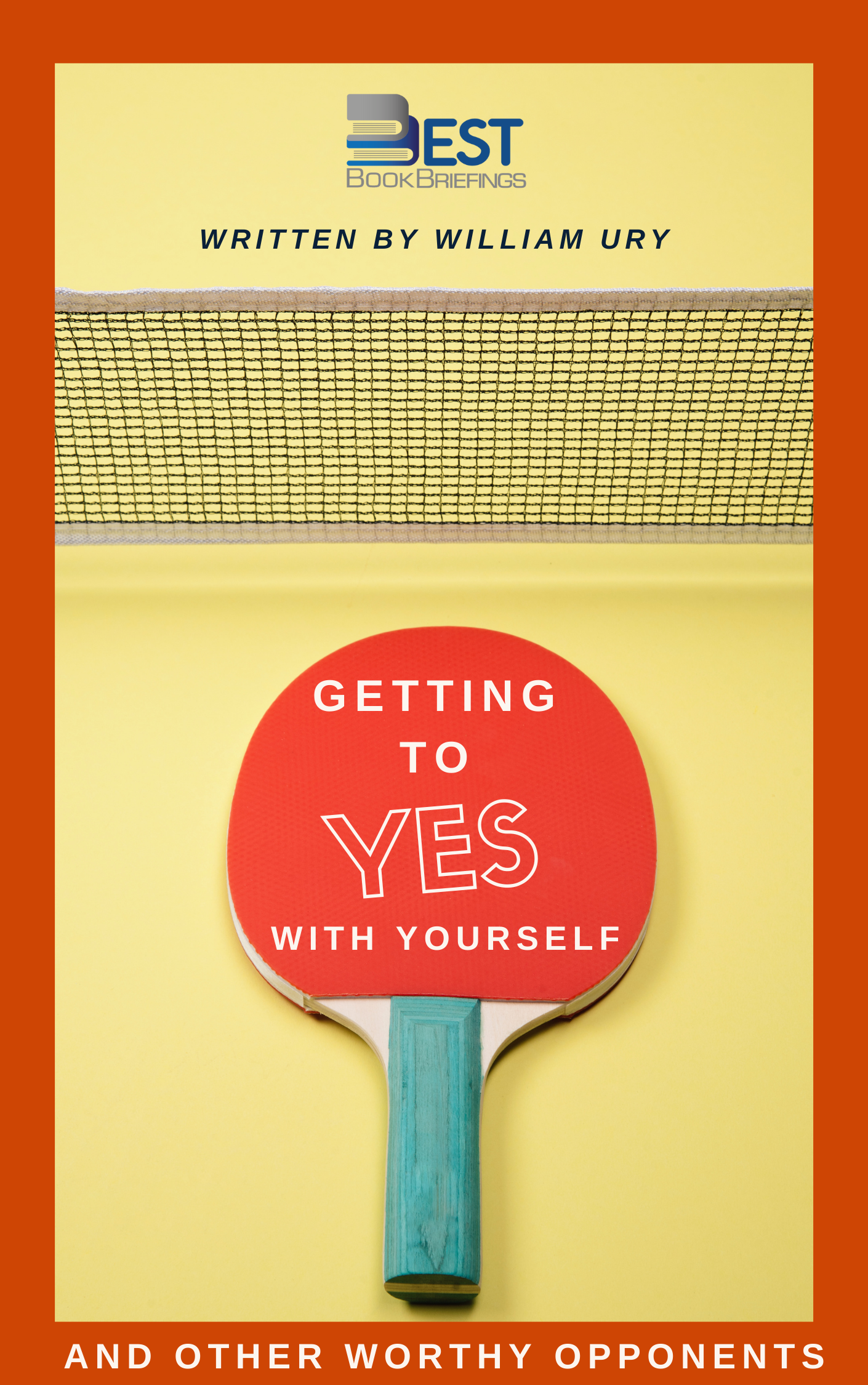
While Getting to Yes With Yourself aims to improve your ability to negotiate effectively, it is designed with a much broader goal in mind: to help you achieve the inner satisfaction that will, in turn, make your life better, your relationships healthier, your family happier, your work more productive, and the

